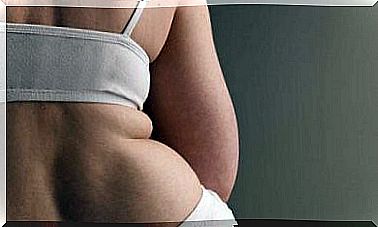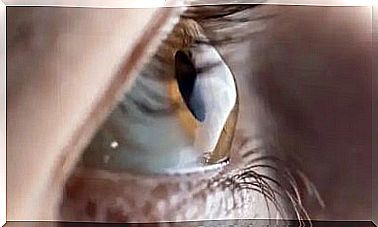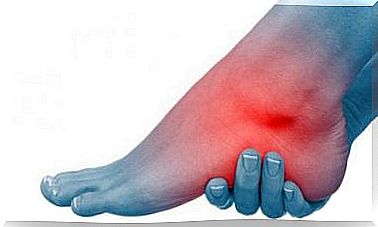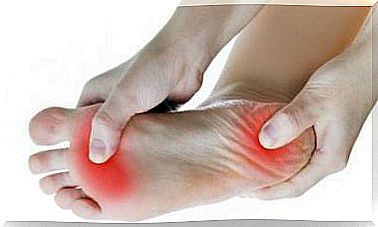Headache After Lumbar Puncture
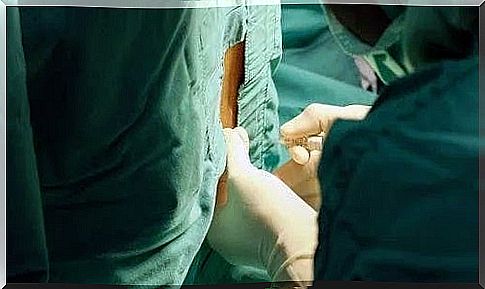
Experts estimate that headache after lumbar puncture affects about 40% of patients undergoing this type of procedure or spinal anesthesia. In general, it is a self-solving problem.
Lumbar puncture is a procedure that is performed for the application of local anesthesia or for diagnostic or therapeutic purposes. Sometimes it causes a reduction in intracranial pressure and this in turn leads to headaches.
Medical professionals performed the first lumbar punctures in the late nineteenth century. At the beginning of the twentieth century, the incidence of headaches after this procedure was 60%. Over time, this percentage has decreased and continues to do so today.
What is a lumbar puncture?
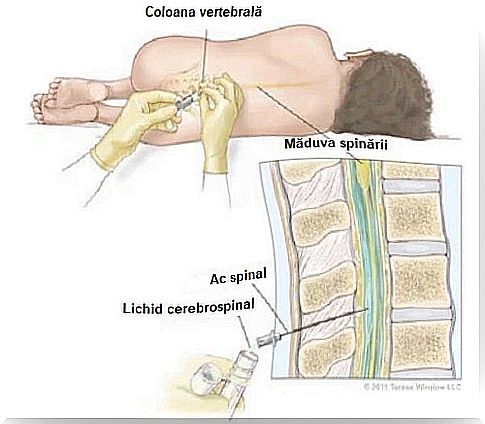
Lumbar puncture is a clinical procedure whose purpose is to extract cerebrospinal fluid. It is also performed for the introduction of anesthesia or a drug. This fluid is found around the brain and spinal cord. It acts as a kind of shock absorber.
During the procedure, the doctor inserts a needle between two lumbar vertebrae into the spinal canal. Depending on the purpose of the lumbar puncture, one of the following actions is performed:
Headache after lumbar puncture
Post-lumbar puncture headache occurs in the form of bilateral pain. In other words, it manifests on both sides of the head. Usually, the pain appears immediately and persists for up to 5 days after the procedure. It is normal for it to disappear spontaneously in less than a week.
In common cases, the pain worsens when the patient is sitting or standing. Therefore, medical professionals recommend lying in bed. Headache occurs especially in women between the ages of 8 and 30, who have a low body mass.
The manifestation of headaches after lumbar puncture depends largely on the type of needle used by the surgeon, the technique applied and the ability of the person who performed the procedure. The smaller the tip of the needle, the lower the risk of headaches. The very thin ones reduce the percentage of affected patients to 11%.
Symptoms and diagnosis
The main symptom of post-lumbar puncture headache is persistent, throbbing pain, which varies in intensity from mild to complete deactivation. The pain gets worse when the patient gets up and goes down when he lies down.
Headaches may be accompanied by other symptoms, such as dizziness, ringing in the ears, double or blurred vision, nausea, hearing loss and stiffness and sore throat. MRI reveals an impairment of the intracranial structures, among other symptoms.
The diagnosis is clinical. Sometimes the doctor will ask for an MRI or other similar studies to rule out other possible causes of the headache.
Other data to consider
Medical professionals recommend that patients lie down for at least 12 hours if they have a headache after a lumbar puncture. The pain usually manifests 15 minutes after getting out of bed. So the patient can still do things like go to the bathroom or eat.
Fluid intake helps to recover lost cerebrospinal fluid, especially within 24 hours of the procedure. Unless a professional tells you otherwise, you can drink coffee or caffeinated beverages.
The headache should go away. If it is very intense or does not subside at all for a few hours after the procedure, the patient will need to consult a doctor (and if there is vomiting and tingling in the legs or numbness). Also, if there is difficulty urinating or pain or if bleeding occurs where the surgeon inserted the needle, the patient should see a doctor immediately.
